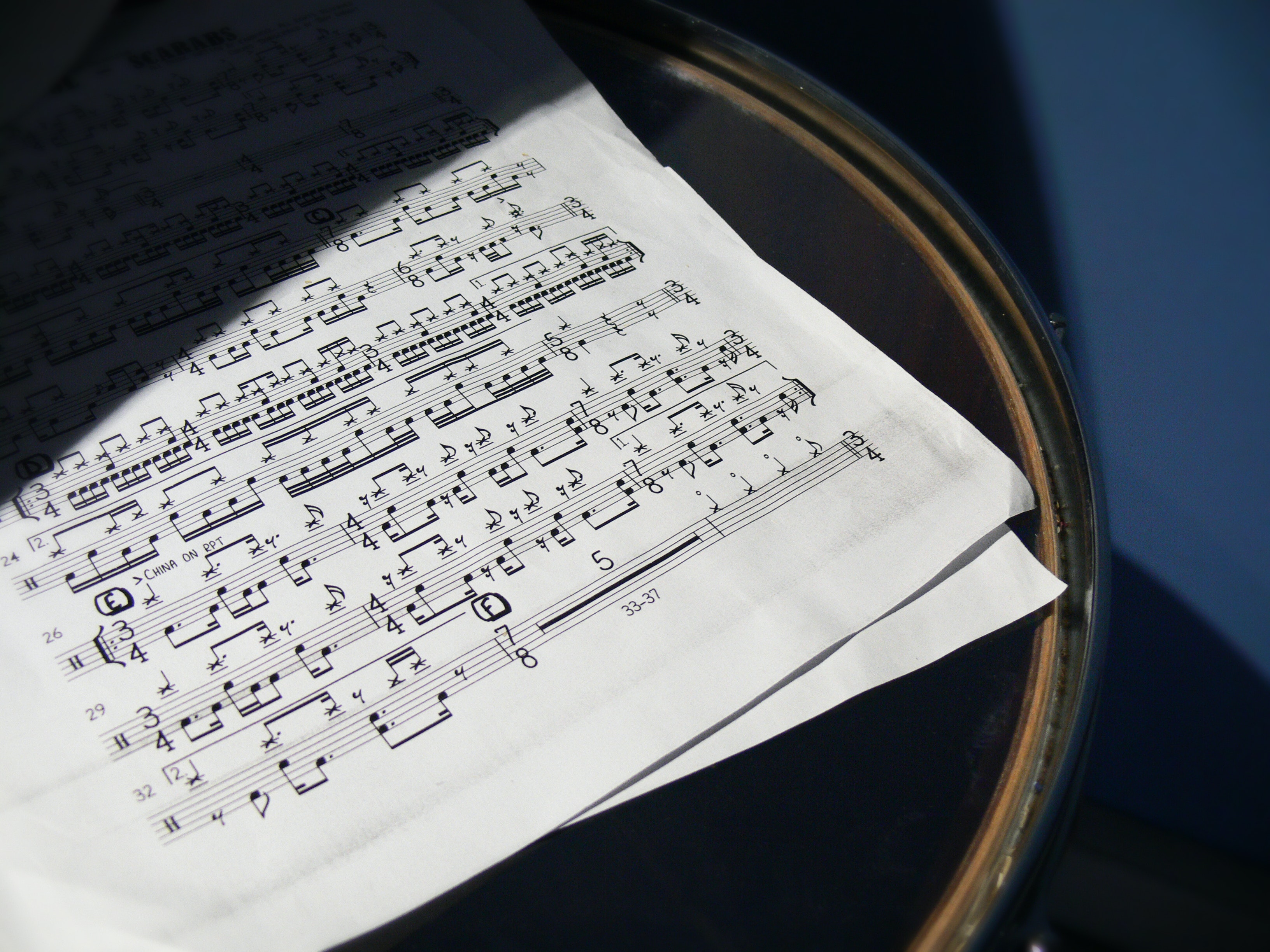Bars and Time Signatures: Unraveling the mysteries
If you're looking to deepen your understanding of music theory, particularly bars and time signatures, you've come to the right place. We're going to embark on a journey to demystify these fascinating concepts.
Content
- Introduction to time signatures
- Bars and Barlines
- 4/4 Time Signature
- 2/4 and 3/4 Time Signatures
- Changing Time Signatures
- Even More Time Signatures
- Cut Common Time
- Examples
- Conclusion
Introduction to time signatures
In music, time signatures are like roadmaps that guide musicians through the rhythmic structure of a piece. They tell us how many beats are in each bar and which note value represents one beat. Think of it as a rhythmic heartbeat that keeps the music flowing.
Bars and Barlines
Now, bars and barlines play a crucial role in organizing the music into manageable chunks. Imagine a chocolate bar divided into bite-sized pieces. Each piece represents a bar, and the barlines separate them. This way, musicians can navigate through the music smoothly, just like enjoying one piece of chocolate at a time.

4/4 Time Signature
A common time signature you'll come across is 4/4. It's often referred to as "common time." In this time signature, there are four beats in each bar, and the crotchet (quarter note) represents one beat. You can think of it as the heartbeat of most popular music—it's steady and comfortable, making it easy to tap your foot along.
2/4 and 3/4 Time Signatures
Moving on, let's explore 2/4 and 3/4 time signatures. In 2/4, there are two beats in each bar, with the crotchet still representing one beat. It has a march-like quality, giving the music a brisk and energetic feel. You can imagine soldiers marching in step with this rhythm.
In 3/4, we have three beats in each bar, with the crotchet again representing one beat. It's commonly found in waltzes and many traditional folk songs. This time signature has a graceful, swaying quality, making it perfect for dancing.
Changing Time Signatures
Now, here's where things get interesting. Time signatures can change within a piece of music. This is called a time signature change, and it adds a dynamic element to the composition. Imagine going from a fast-paced dance to a slow, soulful ballad within the same song. It keeps listeners engaged and gives musicians a chance to explore different moods and styles.
Even More Time Signatures
Aside from 4/4, 2/4, and 3/4, there are many other time signatures to discover. Some may have beats that are different from the crotchet. For example, 6/8 time has six beats per bar, with the eighth note (quaver) representing one beat. This time signature often creates a lively, rhythmic feel and is commonly found in Irish jigs and certain rock songs.

Cut Common Time
Lastly, let's talk about cut common time or Alla Breve. It may sound fancy, but it's simply a time signature represented by a big C with a vertical line through it. In this time signature, the minim (half note) represents one beat, and there are two beats in each bar. It's like taking the 4/4 common time and giving it a faster, bouncier twist.
Examples
Exploring different pieces of music in each time signature can deepen your understanding and appreciation for their unique qualities. Here are some suggested pieces for each time signature we discussed:
4/4 (Common Time):
- "Billie Jean" by Michael Jackson
- "Hey Jude" by The Beatles
- "Sweet Child o' Mine" by Guns N' Roses
- "Rolling in the Deep" by Adele
2/4:
- "Take Five" by Dave Brubeck Quartet
- "La Bamba" by Ritchie Valens
- "We Will Rock You" by Queen
3/4:
- "The Blue Danube" by Johann Strauss II
- "Can't Help Falling in Love" by Elvis Presley
- "Waltz of the Flowers" from Tchaikovsky's "The Nutcracker"
- "Hallelujah" by Leonard Cohen
6/8:
- "Bohemian Rhapsody" by Queen
- "I Will Always Love You" by Whitney Houston
- "Hotel California" by Eagles
Cut Common Time (Alla Breve):
- "Canon in D" by Johann Pachelbel
- "Symphony No. 5" by Ludwig van Beethoven (2nd movement)
- "Eleanor Rigby" by The Beatles
These are just a few examples to get you started. Music is incredibly diverse, and there are countless compositions in each time signature waiting to be explored.
Conclusion
While we've covered quite a bit here, there's always more to learn. If you're eager to delve deeper into the world of music theory and explore its intricate nuances, you may want to consider taking lessons from a music theory teacher. They can guide you through these concepts and help you apply them in your musical journey.
Why not take a look at our other articles on music theory? As you've just covered time signatures, next you could take a look at time values and learn about the notes values that fill your bars. I would also recommend you take a look through our glossary of musical terms, an invaluable guide to help you on your music theory journey.
